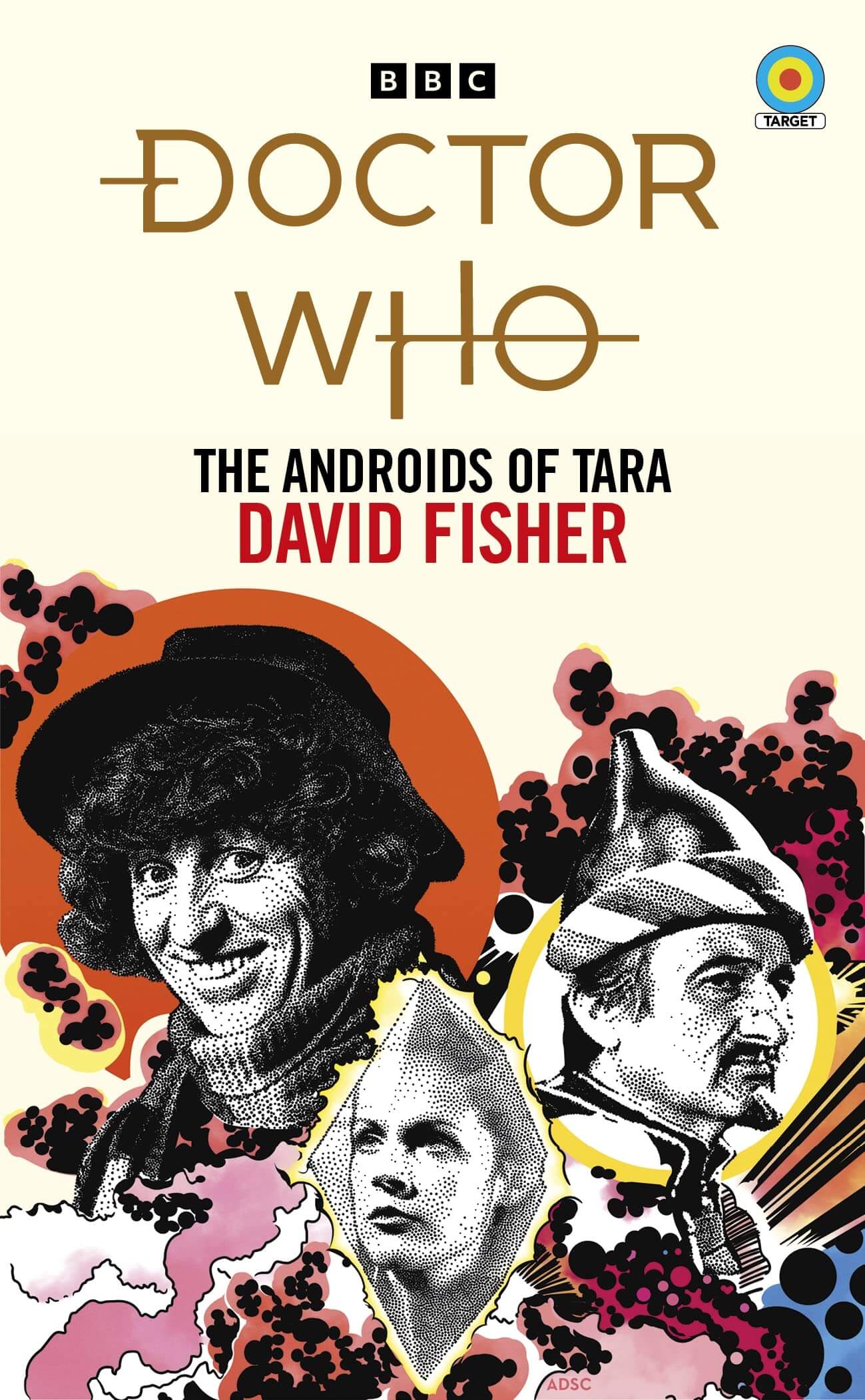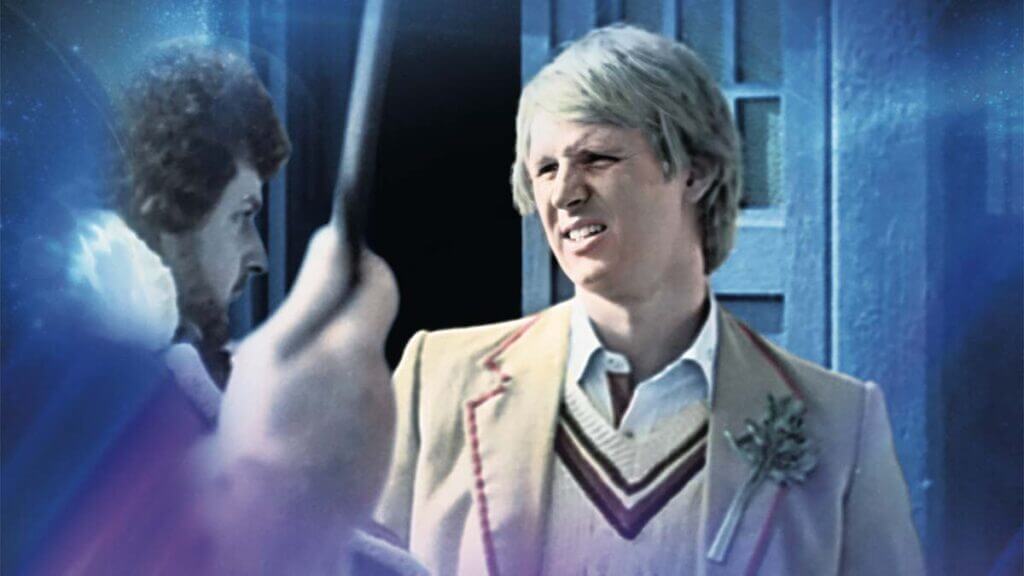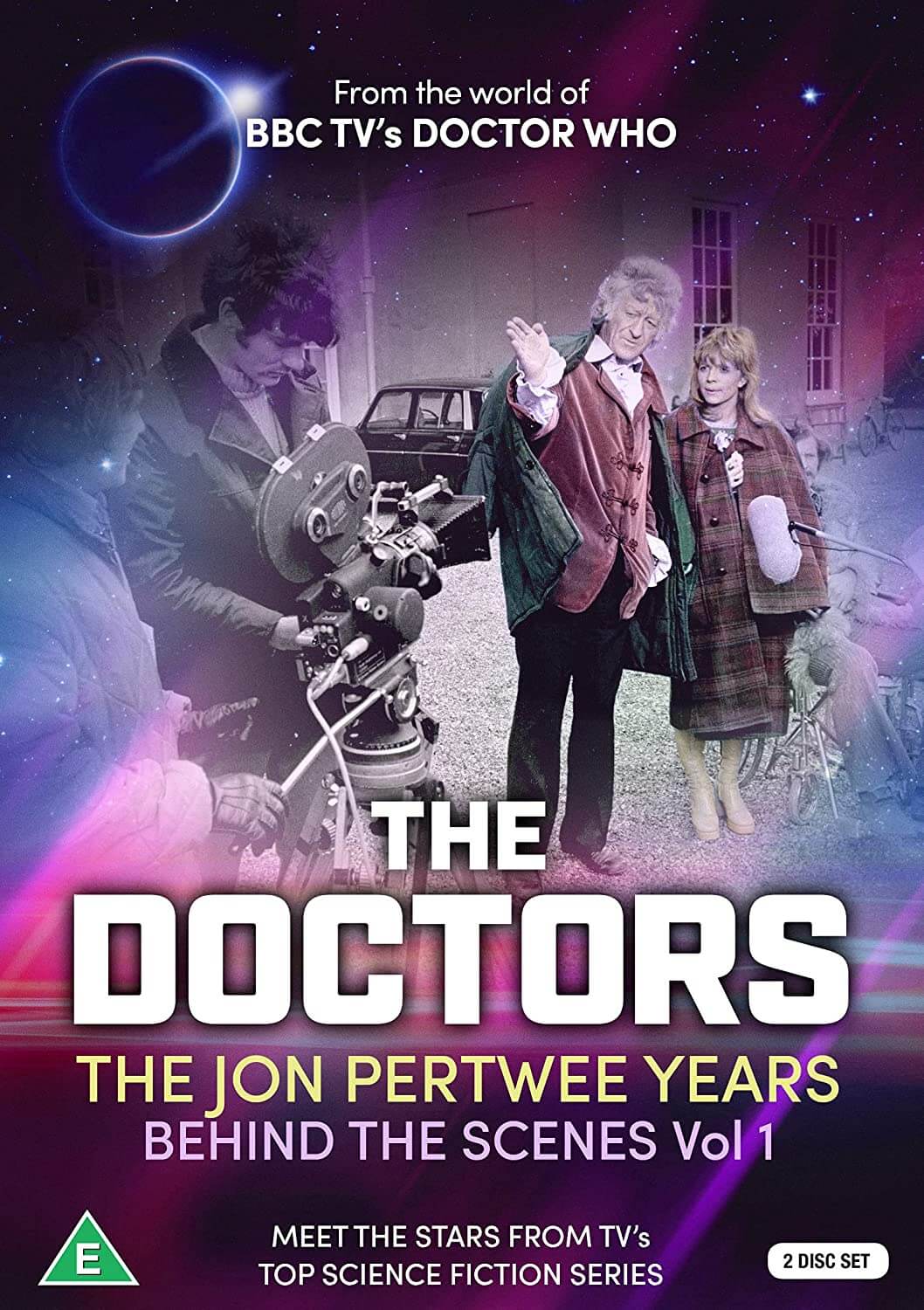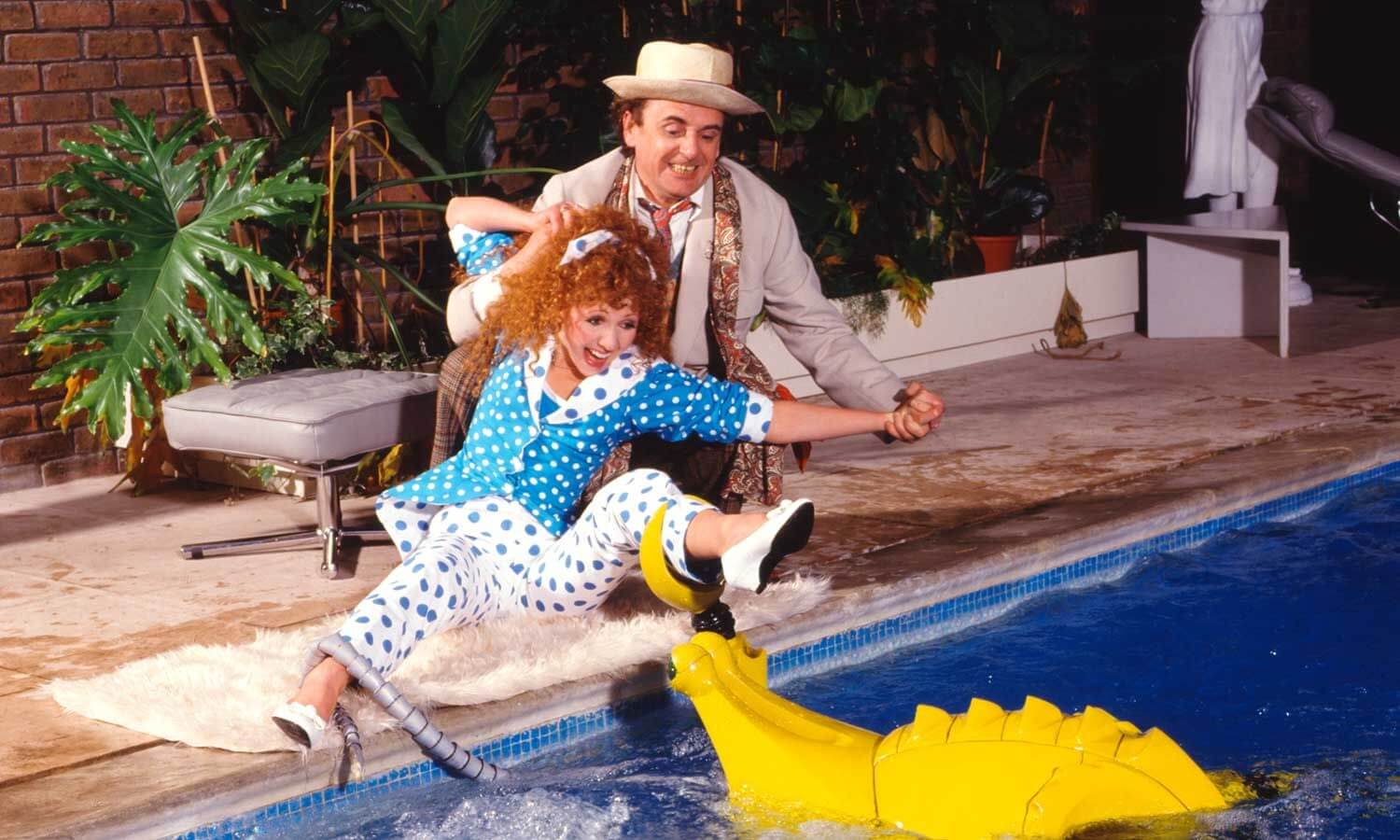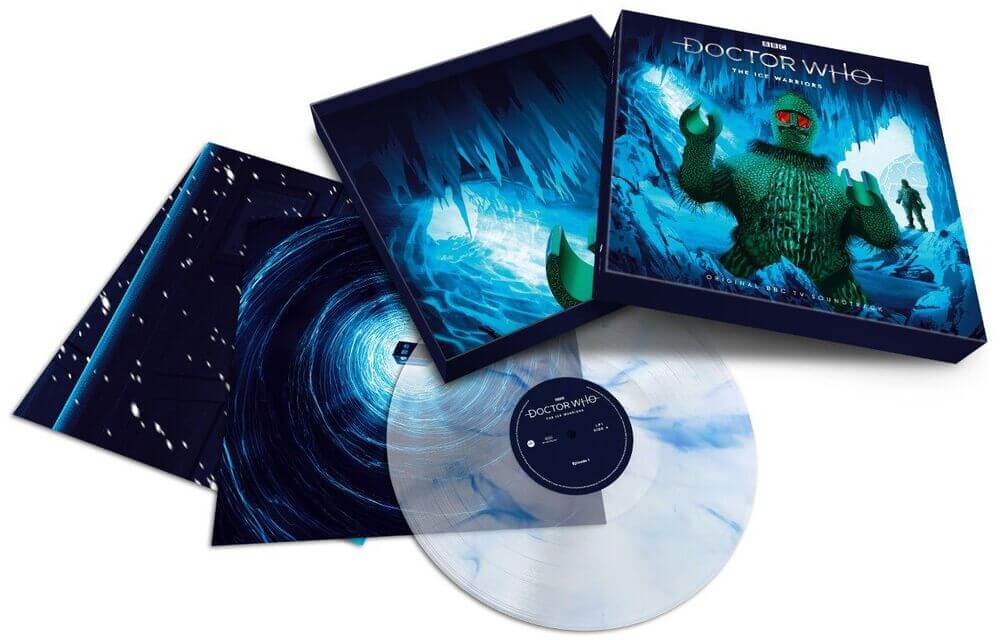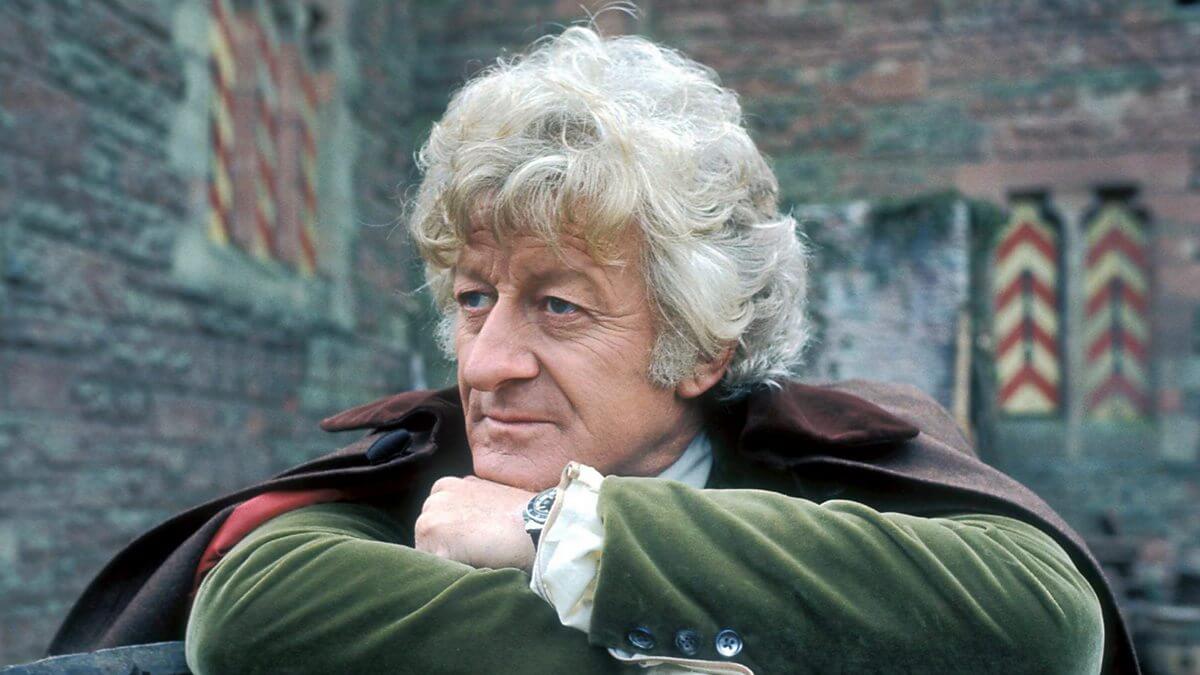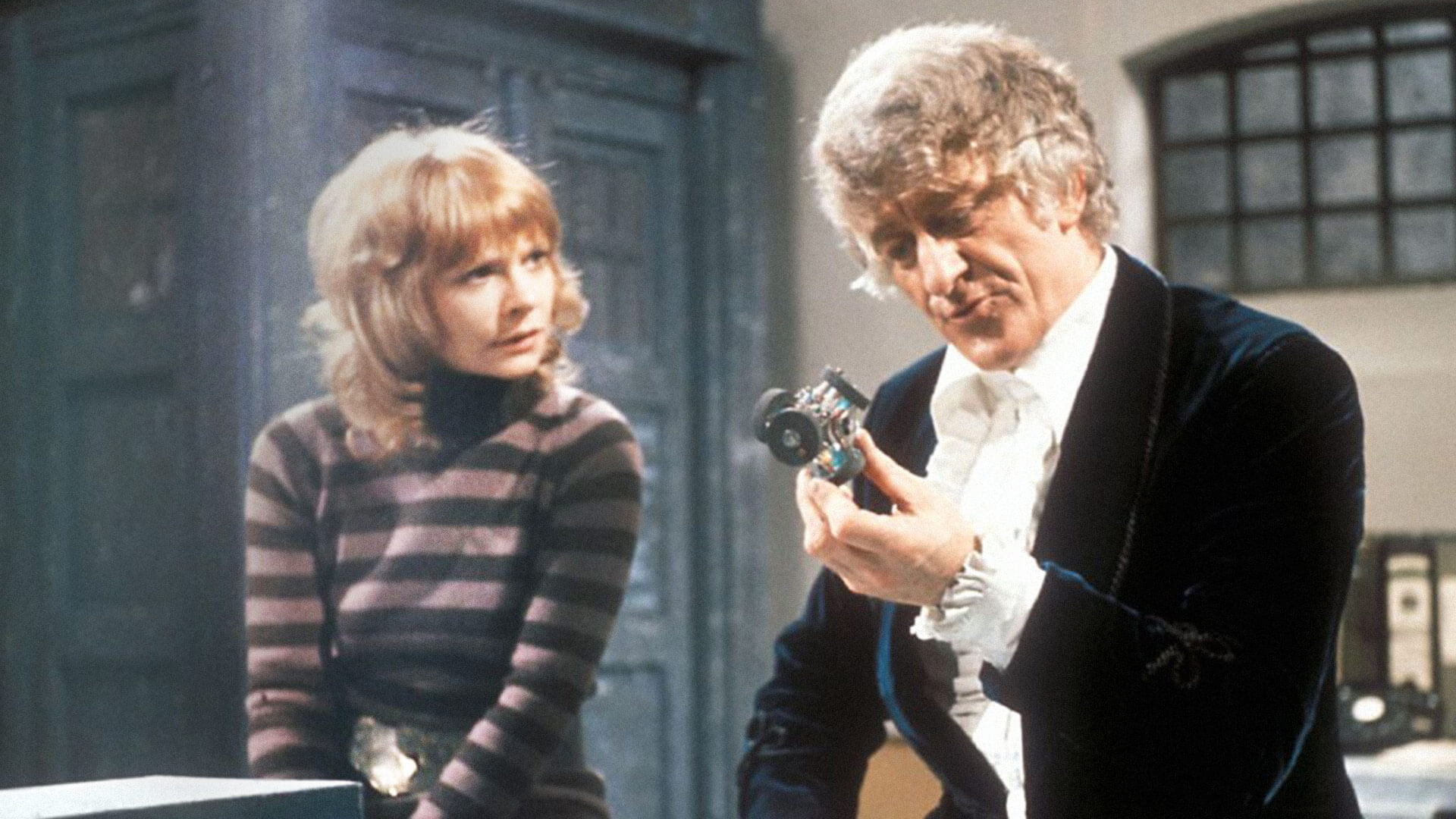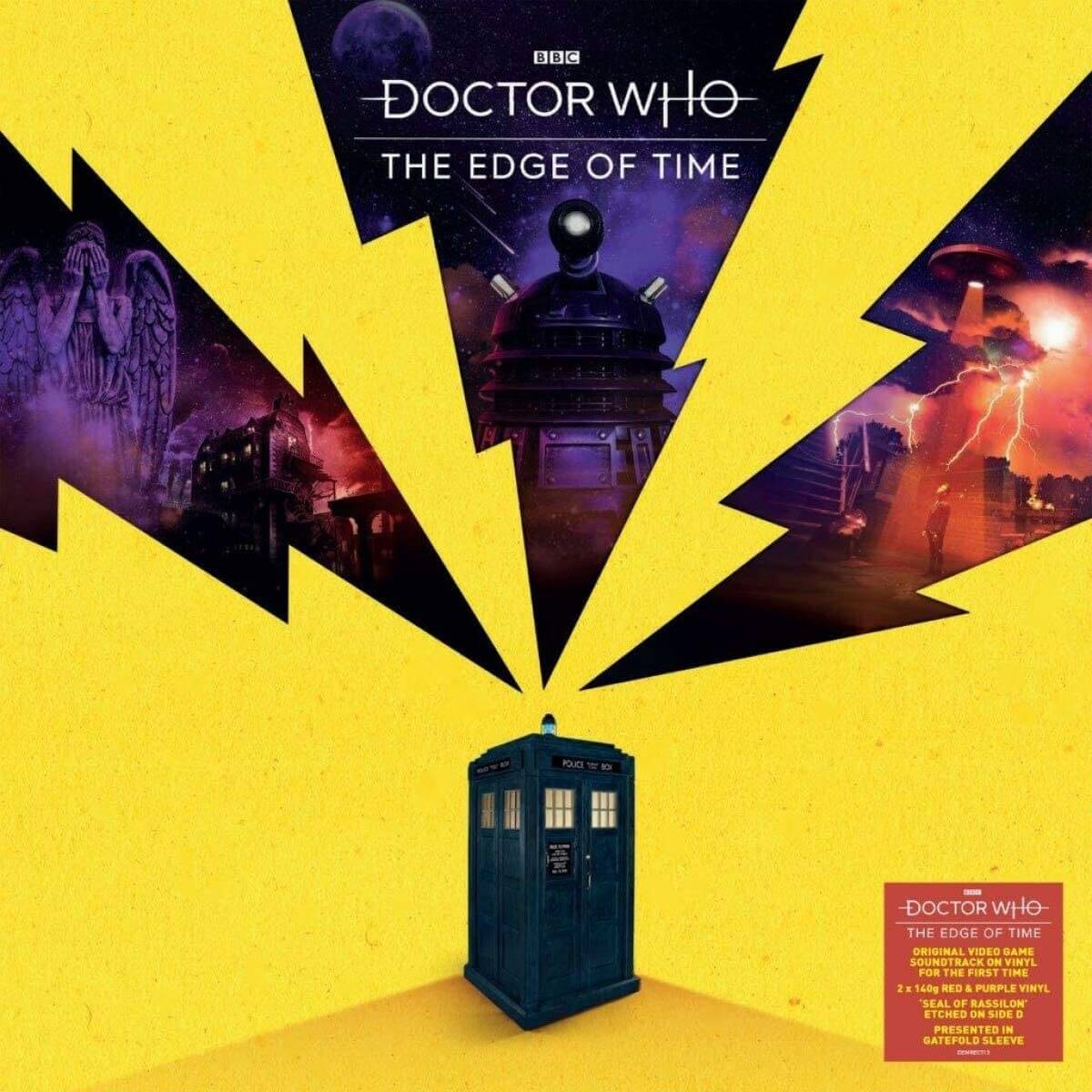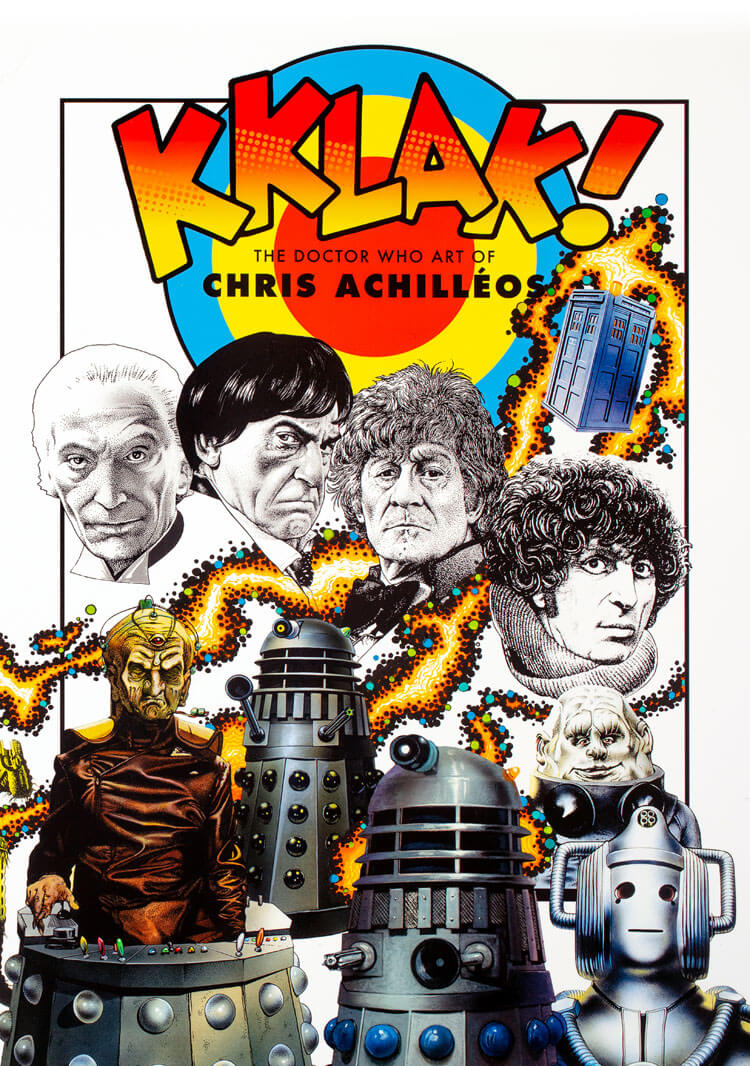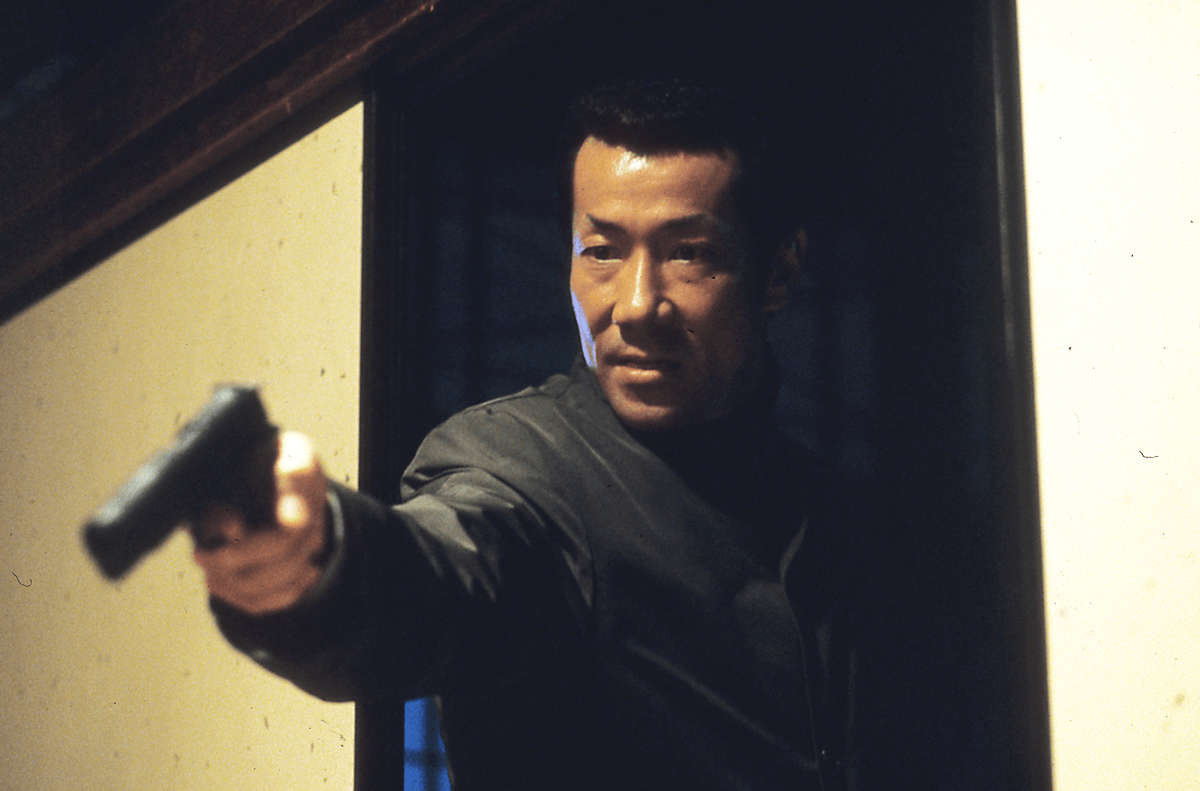If any serial from the classic run of Doctor Who can lay claim to being a ‘ripping’ yarn then it’s almost certainly 1978’s Androids of Tara. Written by David Fisher, who also scripted Stones of Blood, the previous serial, this was the fourth story in the Key To Time sequence that encompassed the entire 16th season. It’s a ripe, slightly camp capture/escape/recapture romp that shamelessly ‘borrows’ from Anthony Hope’s 1894 adventure novel The Prisoner of Zenda in its tale of the feudal planet Tara that possesses sophisticated android technology and a plot that involves a fiendish moustache-twirling bad guy scheming to take control of the kingdom, the Doctor frequently buckling his swash, imprisoned Princes and Princesses and an imposing and impregnable castle surrounded by a moat. The story was a colourful frippery that allowed Tom Baker to give full reign to the eye-boggling excesses that by now characterised his portrayal of the Doctor as he locked horns with the devious Count Grendel, a gorgeously-ripe performance from the late Peter Jeffrey. Sumptuous location filming in and around Leeds Castle in Kent gave the serial a sense of scale that happily bolstered a rather thin, simplistic story.
Originally novelised by Terrance Dicks in 1980, David Fisher revisited his original scripts several years ago for a new adaptation for BBC Audio and it’s this version, slightly re-edited, that now arrives in print as one of the latest batches of BBC/Target books publications four years after Fisher passed away in 2018. Running to just 143 pages this is another snappy, punchy little book but Fisher is clearly having a great time adding some much-needed colour and flavour to his world; we learn about the history of Tara and the ruthless and staggeringly-misogynist Gracht lineage, a plague that ravaged the planet, wiping out the peasant population and leading to the rise of android technology and, perhaps most importantly, an amusing explanation for why the Taran Wood Beast (now renamed a rhino-bear) that famously “terrorised” the Doctor’s companion Romana in Episode One looked so rubbish. Here and there throughout the text, Fisher adds delightful little flourishes and witticisms – quite Douglas Adams in tone in places – that actually manage to turn Tara and its florid inhabitants into rather more believable and interesting people than the caricatures they appeared on television.
The Androids of Tara is never destined to be recognised as one of the Doctor Who ‘greats’ but this lively, likeable novel goes some way towards rehabilitating its reputation and is another commendable addition to the revived Target range.
Doctor Who – The Androids of Tara is out now.

